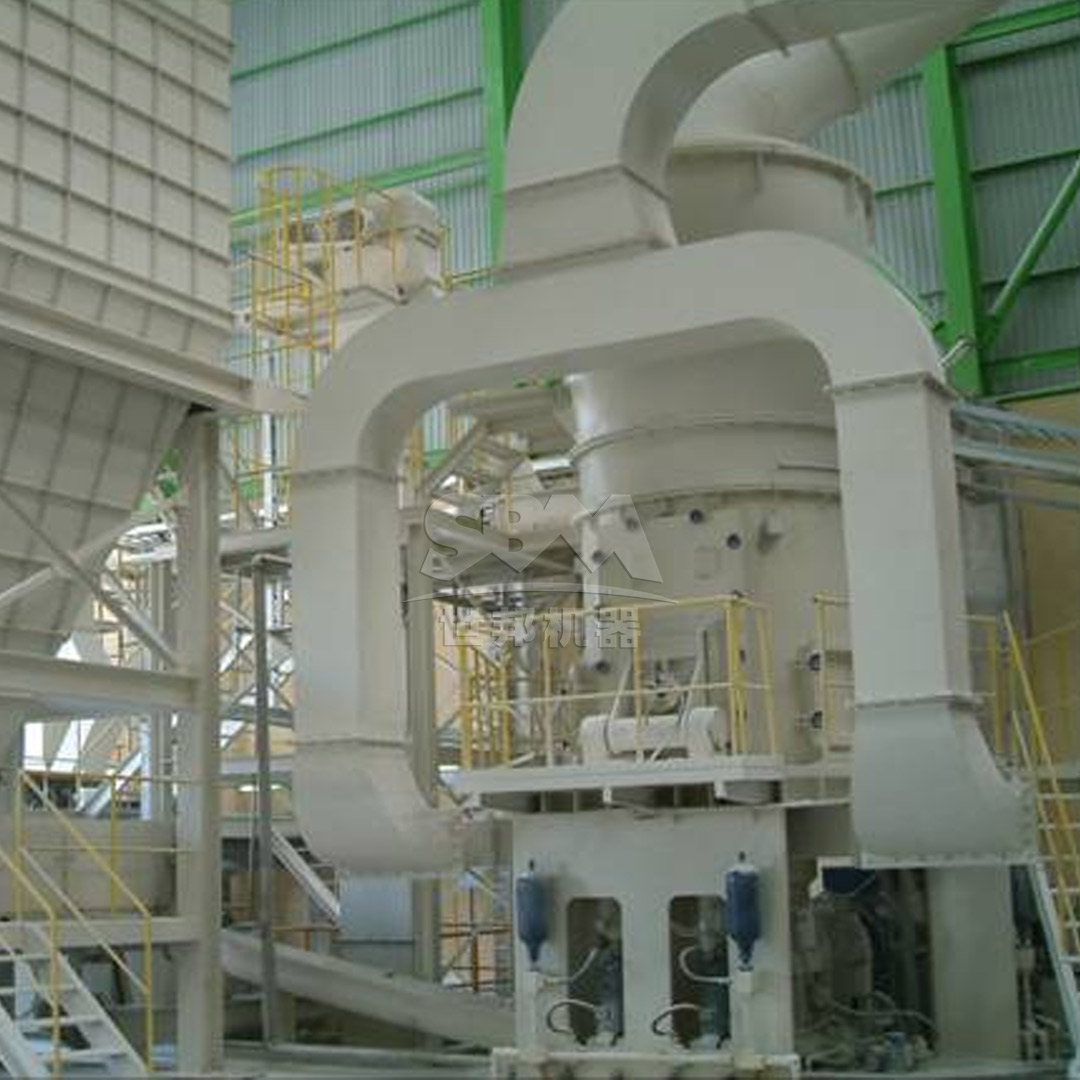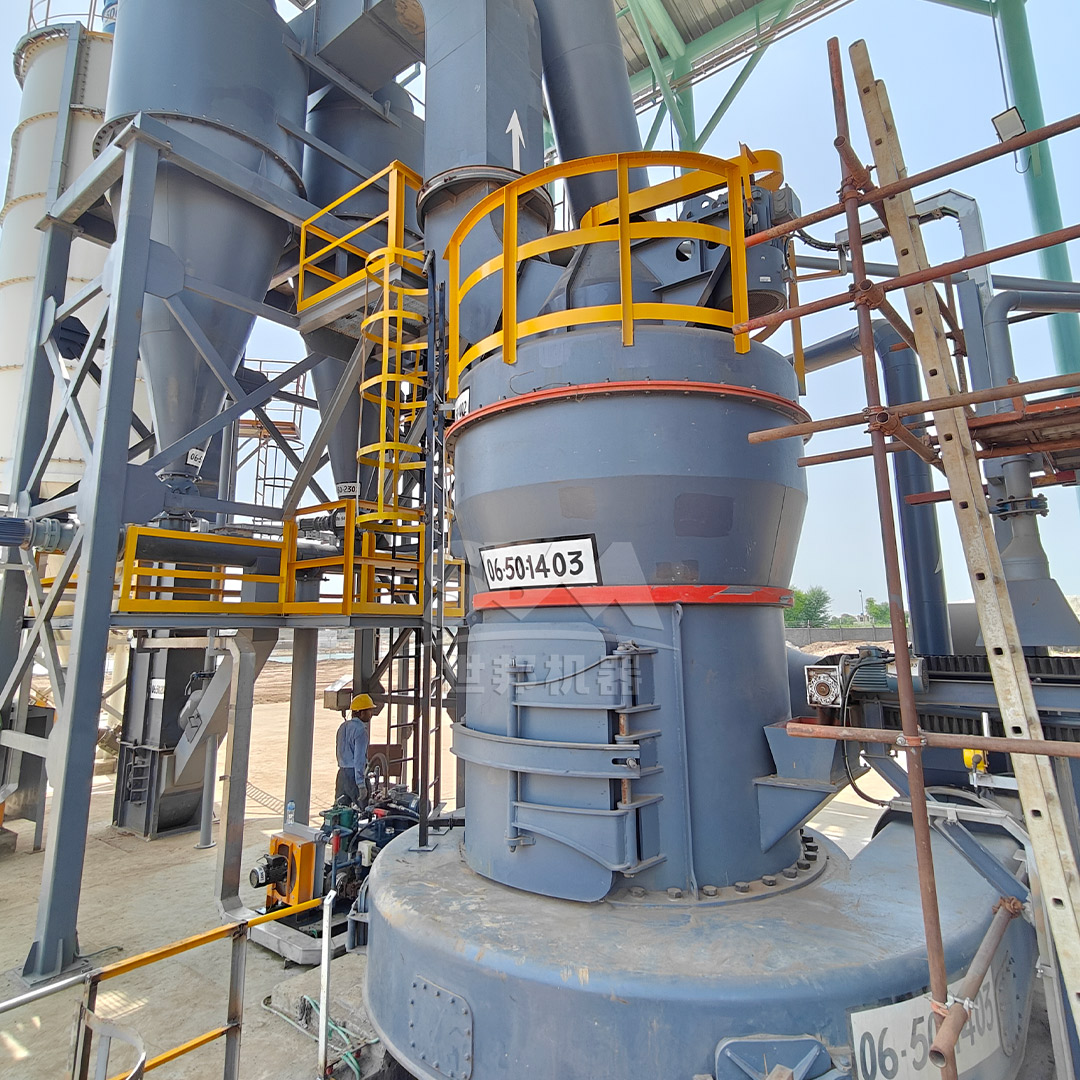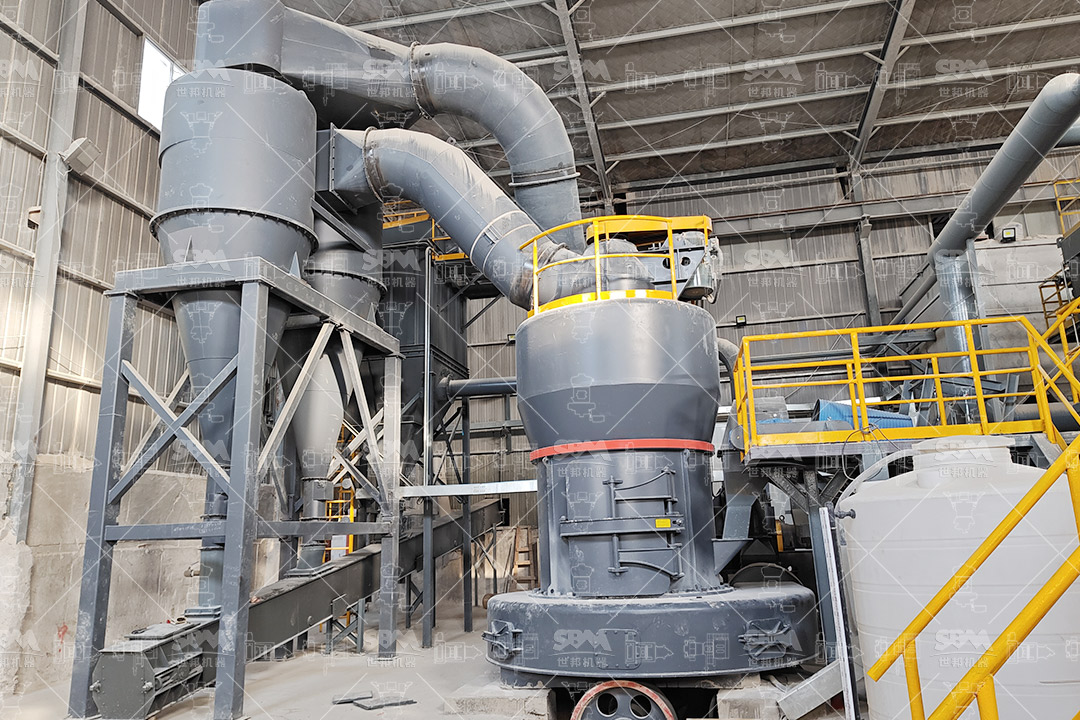Coal grinding represents a critical process in numerous industrial applications, from power generation to cement production. The efficiency of this grinding process directly impacts operational costs, product quality, and environmental compliance. Pendulum mills, with their unique grinding mechanism and reliable performance, have emerged as preferred equipment for coal preparation across various industries. This comprehensive guide explores the operational principles, maintenance strategies, and technological advancements that contribute to optimal coal grinding efficiency using pendulum mill technology.
Pendulum mills operate on the principle of centrifugal force-driven grinding elements that swing outward to crush materials against a stationary grinding ring. The fundamental components include the main shaft, grinding rollers, grinding ring, classifier system, and feeding mechanism. Understanding these components and their interaction is essential for efficient operation.
The grinding process begins with raw coal entering the mill through a feed chute. The material is then scooped up by rotating shovel blades and directed between the grinding rollers and the grinding ring. As the main shaft rotates, the grinding rollers swing outward due to centrifugal force, creating intense pressure that pulverizes the coal particles. The ground material is then carried by the air stream to the classifier, where oversized particles are separated and returned for further grinding.

| Parameter | Optimal Range | Impact on Efficiency |
|---|---|---|
| Grinding Pressure | 8-12 MPa | Directly affects fineness and throughput |
| Classifier Speed | Variable based on product size | Controls final product particle distribution |
| Air Flow Rate | Designed capacity ±10% | Affects material transport and drying |
| Feed Rate | 80-95% of maximum capacity | Optimizes grinding bed stability |
Modern pendulum mills incorporate sophisticated technologies that significantly enhance grinding efficiency and operational reliability. These advancements address traditional limitations while maintaining the fundamental benefits of pendulum mill design.
Contemporary pendulum mills feature advanced automation systems that continuously monitor and adjust operational parameters. These systems utilize real-time data from multiple sensors to optimize grinding pressure, classifier speed, and feed rate. The implementation of PLC-based control allows for precise regulation of product fineness while minimizing energy consumption. Modern mills can automatically compensate for wear in grinding elements, maintaining consistent performance throughout the equipment lifecycle.
The classification system represents a critical component in determining final product quality. Advanced pendulum mills employ high-efficiency dynamic classifiers with variable-speed drives that enable precise control over particle size distribution. These systems utilize multiple classification stages to ensure uniform product quality while minimizing the circulation of oversized particles. The integration of air flow optimization further enhances classification efficiency, particularly important for coal applications requiring specific fineness for combustion characteristics.

Maximizing the efficiency of pendulum mill operations requires a systematic approach to parameter optimization, preventive maintenance, and process integration. The following strategies have proven effective across various industrial applications.
Optimal grinding parameters vary based on coal characteristics, desired product specifications, and mill configuration. Key considerations include:
Energy efficiency represents a significant operational cost factor in coal grinding applications. Implementation of the following practices can reduce specific energy consumption by 15-25%:
Proactive maintenance is essential for ensuring long-term reliability and consistent performance of pendulum mills in coal grinding applications. A structured maintenance program addresses both preventive and predictive aspects.
| Component | Inspection Frequency | Maintenance Action |
|---|---|---|
| Grinding Rollers | Weekly | Wear measurement and clearance check |
| Grinding Ring | Monthly | Surface inspection and wear assessment |
| Classifier Blades | Quarterly | Balance check and wear evaluation |
| Lubrication System | Daily | Oil level and contamination monitoring |
| Drive System | Monthly | Alignment check and vibration analysis |
The grinding elements in pendulum mills experience significant wear during operation, particularly when processing abrasive materials like coal with high mineral content. Effective wear management includes:
The evolution of pendulum mill technology has led to the development of highly specialized equipment designed specifically for challenging applications like coal grinding. Among these advanced solutions, our MRN Pendulum Mill represents a significant technological advancement.
Our MRN Pendulum Mill incorporates several innovative features that address common challenges in coal grinding operations. With an input size capacity of 0-50mm and output fineness ranging from 30-325 mesh, this equipment delivers exceptional performance across various coal types. The mill’s technological advantages include:
The operational principle utilizes centrifugal force to create a material bedding layer between grinding rollers and the ring, while specially designed shovel plates ensure optimal material feeding. The grid-type roller suspension system significantly improves ventilation efficiency, contributing to overall grinding performance.

For operations requiring extremely fine grinding or specialized coal preparation, our LM Series Vertical Roller Mill offers exceptional capabilities. This advanced mill system integrates multiple functions including crushing, grinding, and separation in a single compact unit, reducing footprint requirements by up to 50% compared to traditional systems.
The LM Series demonstrates particular advantages in coal grinding applications through its unique operational characteristics:
With capacity ranges from 3-250 tons per hour depending on specific model and configuration, the LM Series Vertical Roller Mill provides scalable solutions for operations of all sizes. The grinding principle involves material entering through the center feed chute, spreading evenly across the rotating table by centrifugal force, with grinding rollers applying compression force for efficient size reduction.
Effective troubleshooting requires systematic analysis of symptoms and their underlying causes. Common issues in pendulum mill operations and their resolutions include:
Declining grinding efficiency often manifests as increased specific energy consumption or reduced throughput. Potential causes and solutions include:
Excessive vibration or unusual noise patterns indicate potential mechanical problems requiring immediate attention:
The continuing evolution of coal grinding technology focuses on enhanced efficiency, reduced environmental impact, and increased operational intelligence. Emerging trends include:
The integration of Industrial Internet of Things (IIoT) technologies enables predictive maintenance, remote monitoring, and automated optimization of grinding parameters. Advanced sensors collect real-time data on equipment condition, performance metrics, and product quality, facilitating data-driven decision making and proactive maintenance scheduling.
Environmental considerations continue to drive technological innovation in coal grinding equipment. Developments focus on further reducing specific energy consumption, minimizing dust emissions through advanced filtration systems, and implementing noise reduction technologies. The integration of renewable energy sources and waste heat recovery systems represents additional opportunities for sustainability improvement.
Ongoing research in wear-resistant materials promises extended service life for grinding components, particularly important when processing abrasive coal varieties. Advanced ceramic composites, specialized surface treatments, and innovative alloy compositions contribute to reduced maintenance requirements and improved operational reliability.
Optimizing coal grinding efficiency in pendulum mill operations requires a comprehensive approach encompassing proper equipment selection, precise operational control, systematic maintenance practices, and continuous improvement. The advanced technological features incorporated in modern pendulum mills, such as our MRN Pendulum Mill and LM Series Vertical Roller Mill, provide powerful tools for achieving operational excellence in coal preparation. By implementing the strategies outlined in this guide and leveraging advanced equipment capabilities, operators can significantly enhance grinding efficiency, reduce operating costs, and ensure consistent product quality while maintaining compliance with increasingly stringent environmental regulations.